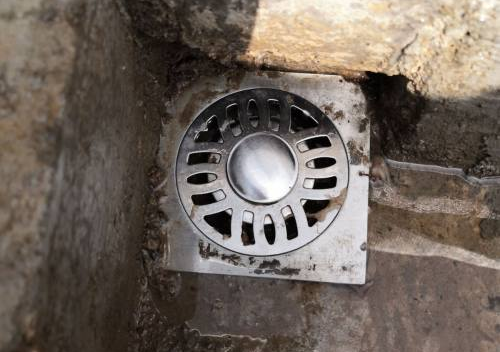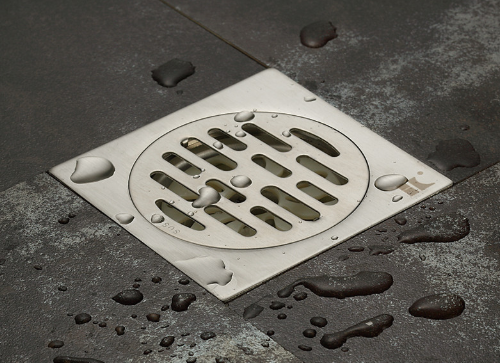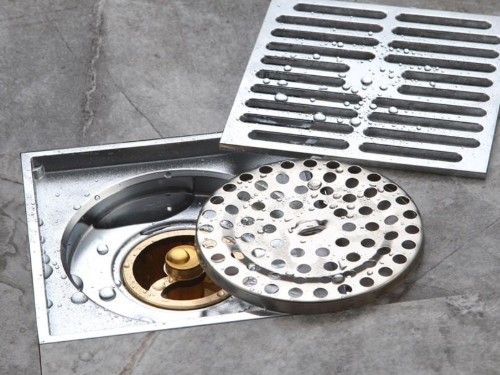
Home / Blog Center / Chargers / Effective Methods for Pre-embedding Explosion-Proof Drains in Air Defense Facili
Effective Methods for Pre-embedding Explosion-Proof Drains in Air Defense Facili
04/03/2025 | Hawkrown
Drains are very common fixtures, and their purpose is to prevent water accumulation underground and quickly drain any excess water. However, human protection explosion-proof drains are used in some special locations. So, what are the steps for the pre-installation of human protection explosion-proof drains? Let's take a look.
Steps for Pre-installation of Human Protection Explosion-proof Drains
First, reserve about 10 centimeters lower than the calculated height at the threaded joint of the embedded pipe. Then, seal it with a 200 mm casing. After the floor leveling construction is completed, connect the pipe inside the casing and the drain to the required height. Finally, secure the drain in place and implement protective measures to prevent mortar from entering the drain.

Function of Human Protection Drains
The function of human protection drains is to prevent the impact of an explosion, which could cause toxic gases or backflow from groundwater, providing protective measures. Human protection drains should be made of impact-resistant and high-temperature-resistant environmentally friendly materials. Explosion-proof drains have a large drainage capacity, a high safety factor, and a long lifespan. Generally, families do not use human protection drains, as ordinary drains cannot withstand explosion impacts.

Considerations for Installing Explosion-proof Drains
1. If the explosion-proof drain is installed outside the human protection area, the drainage system's pipes must be made of steel or iron for drainage.
2. When installing the explosion-proof drain, the height of the drain must be more than 5 centimeters lower than the maximum ground height to ensure smooth drainage.

3. The explosion-proof drain must be kept in an open state where it connects to the drainage pipe to guarantee normal drainage.
4. During wartime, the cover of the drain should be lowered, and the drainage outlet should be closed in the opposite direction to prevent impact and toxic gases from entering the human protection area, as well as to prevent groundwater backflow.
5. After the drain installation is complete, clean the surface debris to avoid clogging the drain.

In summary:the above is an introduction to the steps for the pre-installation of human protection explosion-proof drains. I hope this information can help everyone. For more related content, please follow our website.


